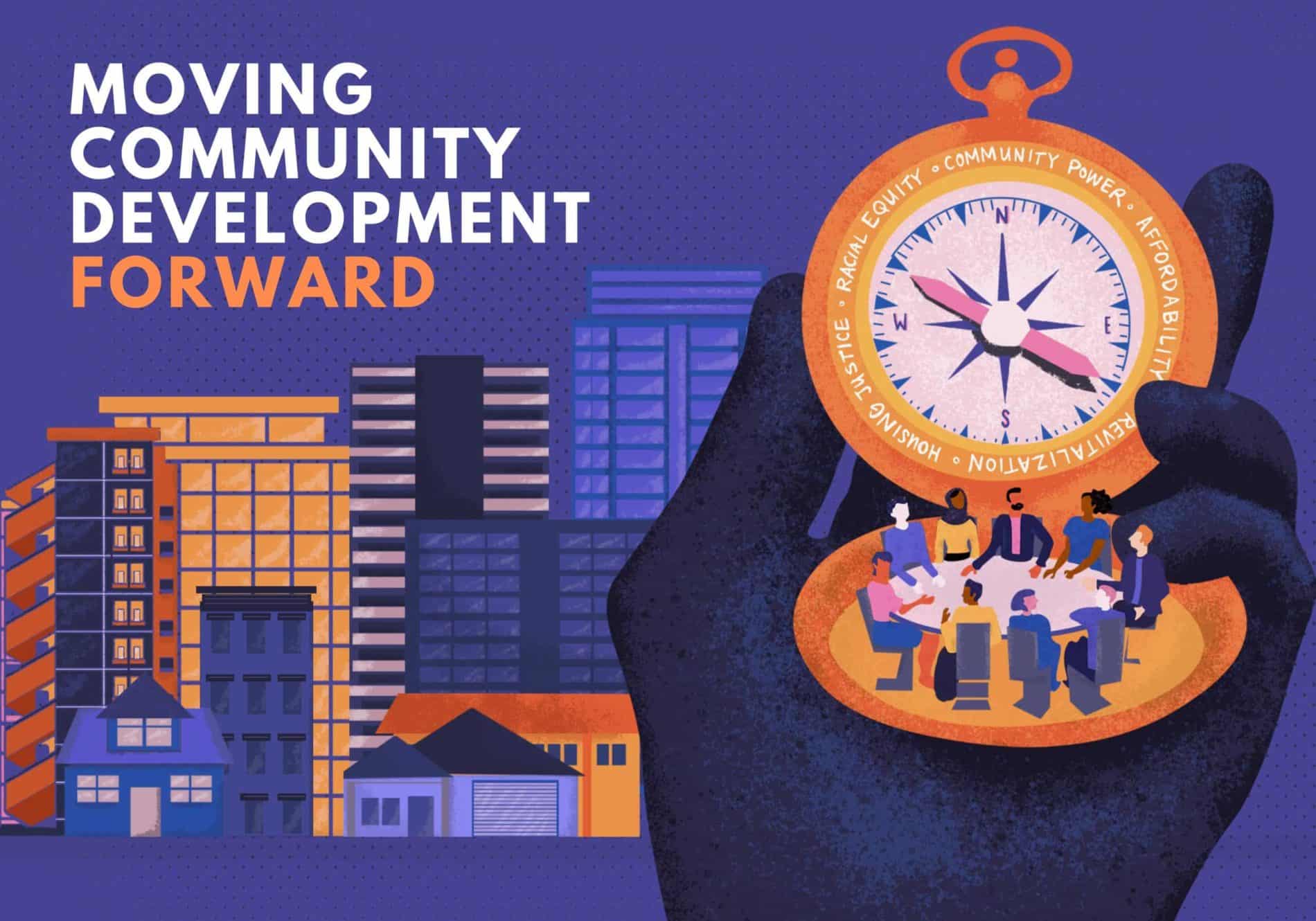
“This article accurately portrays the state of the community development field . . . and it should worry those who are committed to resident-led community development,” noted Joe Kriesburg of the Massachusetts Association of CDCs. He then gave a list of points to consider about the current environment, including:
- Over the past 20-plus years there has been an intentional and dramatic investment in building the CDFI sector through certification, grants, technical assistance, and access to capital. There has been nothing comparable for CDCs. This needs to change.
- Our housing finance system has become dominated by tax credits–LIHTC, NMTC, Historic. More flexible and easier to use funds like HOME and CDBG have been slashed. These policy decisions have had significant impact not just on who develops housing but on what we develop. . .
- Those who argue that smaller CDCs should focus on organizing, resident services, and other non-real estate activities need to identify sustainable business models to support these activities. The reality is that there is no substitute for owning real estate. . .
[Read Kriesburg's full comments below this article.]
His comments reminded me of Corianne Scally's defense of CDCs and housing development at the close of our “Time to Rethink CDCs“ issue.
And his final point also reminded me of the path we took with “Getting Beyond the Developer Fee.” Our original plan was to seek out community-based organizations that were actively trying to back away from developer fees, pursuing recent implications that smaller organizations should consider leaving development work to more efficient, larger organizations.
We found none. (This doesn't mean they don't exist, of course, but perhaps they are not so common.)
We did find many organizations thinking in new ways about diversifying their incomes and programming, both for fiscal sustainability and in a move to recapture the comprehensive nature of this work, but community development groups generally don't see those alternatives as independently supportable enough to let them back away from real estate deals.
This also puts me in mind of a wonderful post recently on Nonprofit With Balls called “We Need to Stop Treating Nonprofits the Way Society Treats Poor People.” While that post was more about punitive and suspicious approaches to grant applications and reporting, I think it also applies to our expectations of what's possible—this society expects families to make do and raise kids on such small and unstable amounts of resources, it expects everyone to find jobs when there aren't enough jobs to go around and even fewer jobs that sustain, etc.
Community development nonprofits are sometimes subject to the same kinds of fallacies—that evidence of continued reliance on public funds is a sign of inefficiency. As Scally wrote, “The irony is that if the private sector could do the same job as efficiently as CDCs, they would. But they don’t.”
The groups in “Getting Beyond the Developer Fee” are inspiring and on the right track—diversification is essential and a strength—but let's not use that as an excuse to keep defunding this critical work in the public sphere.
(Photo above: Esmeralda Jimenez and Josh Smith of PUSH Buffalo sift though compost in the Silo City hoop house. This compost is now for sale locally, creating a sustainable gardening product. The mission of PUSH Buffalo is to mobilize residents to create strong neighborhoods with quality, affordable housing, expand local hiring opportunities, and to advance economic justice in the City of Buffalo. Photo courtesy of Stephen Yang for the 100% campaign)





Comments